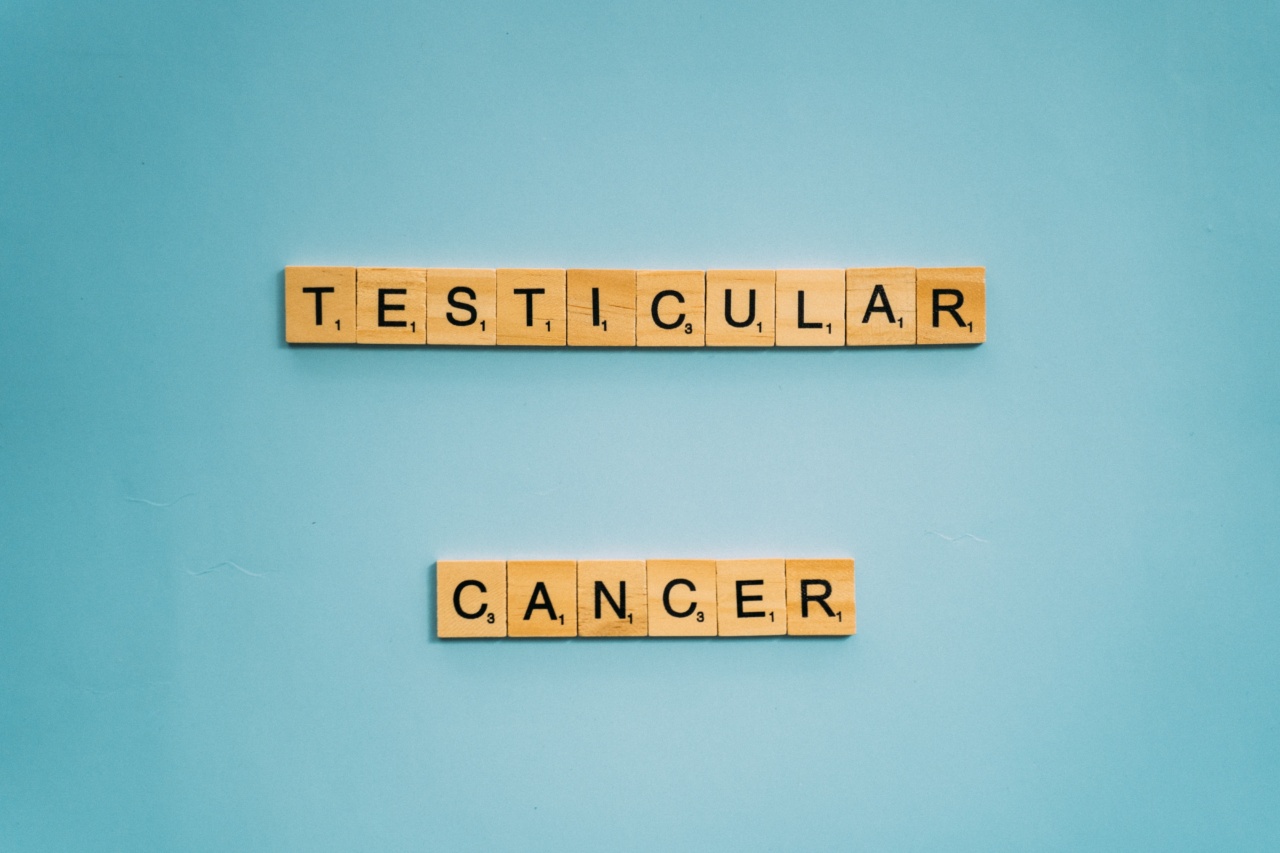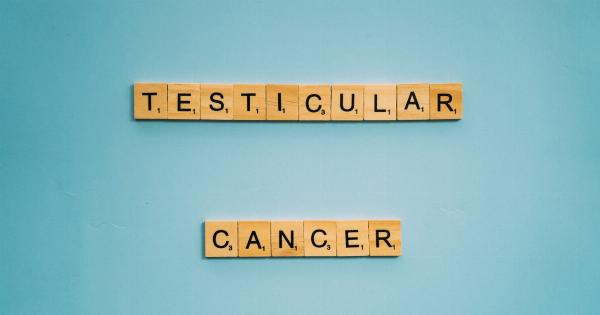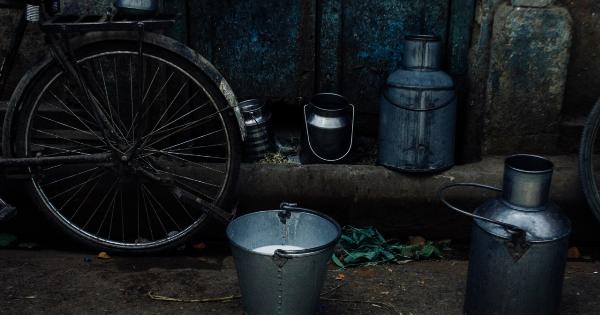In vitro fertilization (IVF) is a widely accepted method for treating infertility, offering hope to couples struggling to conceive naturally. However, IVF may not always be successful due to various factors, including male infertility.
In such cases, a testicular biopsy may be recommended as a way to retrieve sperm directly from the testicles. This article aims to explore when a testicular biopsy is recommended for IVF and shed light on the procedure, benefits, and potential risks involved.
What is Testicular Biopsy?
Testicular biopsy is a minor surgical procedure performed to obtain a sample of testicular tissue for further examination.
The tissue sample can help identify the cause of male infertility and determine the best course of action for assisted reproduction techniques such as IVF. During the procedure, a small incision is made in the scrotum, and a small piece of testicular tissue is extracted for analysis.
When is Testicular Biopsy Recommended for IVF?
Testicular biopsy is typically recommended in cases where there is a suspected absence of sperm in the ejaculated semen. This condition, known as azoospermia, can be either obstructive or non-obstructive.
1. Obstructive Azoospermia
Obstructive azoospermia occurs when there is an obstruction that prevents sperm from being ejaculated normally. This can be due to previous surgeries, congenital abnormalities, or infections.
In such cases, testicular biopsy may be considered to retrieve sperm directly from the testicles so they can be used in IVF procedures. This allows couples to bypass the obstruction and increases their chances of achieving pregnancy.
2. Non-Obstructive Azoospermia
Non-obstructive azoospermia, on the other hand, refers to cases where the testicles do not produce sperm or produce very few sperm. This can be caused by genetic abnormalities, hormonal imbalances, or testicular damage.
Testicular biopsy may be recommended in these cases to assess the presence of viable sperm within the testicular tissue. If sperm cells are found, they can be used for IVF with intracytoplasmic sperm injection (ICSI), where a single sperm is injected directly into an egg to facilitate fertilization.
Testicular Biopsy Procedure
The testicular biopsy procedure is typically performed under local anesthesia on an outpatient basis. The steps involved in the procedure are as follows:.
1. Pre-operative Preparation
Prior to the procedure, the patient is provided with information and counseling to understand the implications and risks involved. Medical history, including any allergies or medications, is also taken into account.
2. Anesthesia
Local anesthesia is administered to numb the scrotum and ensure a painless procedure. In some cases, mild sedation may also be given to help reduce anxiety.
3. Incision
A small incision is made in the scrotum, usually in the front or the side. This allows the surgeon to access the testicular tissue.
4. Tissue Extraction
A small piece of testicular tissue is extracted using forceps or a biopsy needle. The amount of tissue removed depends on the specific requirements of the infertility specialist.
5. Closure
After the tissue sample has been collected, the incision is closed with dissolvable sutures or surgical glue. The wound is then covered with a sterile dressing.
Benefits of Testicular Biopsy
The use of testicular biopsy in IVF offers several benefits, including:.
1. Increased Chances of Successful Fertilization
For couples with obstructive azoospermia, testicular biopsy provides the opportunity to retrieve viable sperm directly from the testicles. This increases the chances of successful fertilization through IVF and makes parenthood achievable.
2. Determining the Cause of Infertility
Testicular biopsy allows for the examination of testicular tissue, enabling infertility specialists to diagnose the cause of azoospermia or low sperm count. This information can then guide further treatments or interventions as needed.
3. Tailored Treatment
By analyzing the testicular tissue, infertility specialists can customize the treatment plan according to the specific needs of the individual. This ensures a more targeted and effective approach to fertility treatment.
Risks and Considerations
While testicular biopsy is generally a safe procedure, there are certain risks and considerations to be aware of:.
1. Risk of Bleeding and Infection
As with any surgical procedure, there is a slight risk of bleeding and infection. However, proper surgical protocol and post-operative care can help minimize these risks.
2. Discomfort and Swelling
Patients may experience temporary discomfort, pain, and swelling following the testicular biopsy procedure. This can usually be managed with pain medications and cold compresses.
3. Possibility of Finding No Sperm
In some cases, testicular biopsy may not yield any sperm, particularly in cases of non-obstructive azoospermia. This can be emotionally challenging for couples, but alternative options such as sperm donation can be considered.
Coping with Testicular Biopsy
Undergoing a testicular biopsy can be emotionally challenging, as it is often associated with concerns about fertility and the success of IVF. Here are a few tips for coping with the process:.
1. Seek Emotional Support
Reach out to your partner, friends, or family for emotional support during this time. Additionally, infertility support groups and counseling services can offer valuable guidance and understanding.
2. Educate Yourself
Gain a comprehensive understanding of the procedure, its benefits, and limitations. This will help you make informed decisions and ease any anxiety or fear.
3. Communicate with Your Healthcare Team
Stay in regular communication with your healthcare team, asking any questions or concerns that arise. They can provide you with the necessary information, reassurance, and support throughout the process.
Conclusion
Testicular biopsy is a valuable tool in the world of infertility treatment, particularly in the context of IVF.
By retrieving testicular tissue, infertility specialists can diagnose the cause of azoospermia, retrieve viable sperm for fertilization, and offer tailored treatment options. While the procedure comes with certain risks and considerations, the potential benefits greatly outweigh the challenges. For couples struggling with male infertility, testicular biopsy can be a pathway to achieving their dream of parenthood.





























